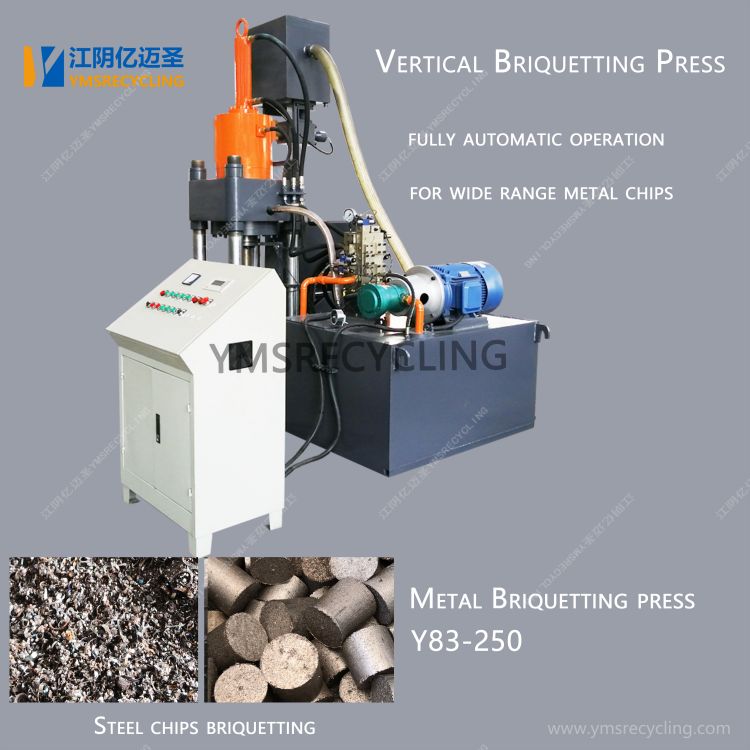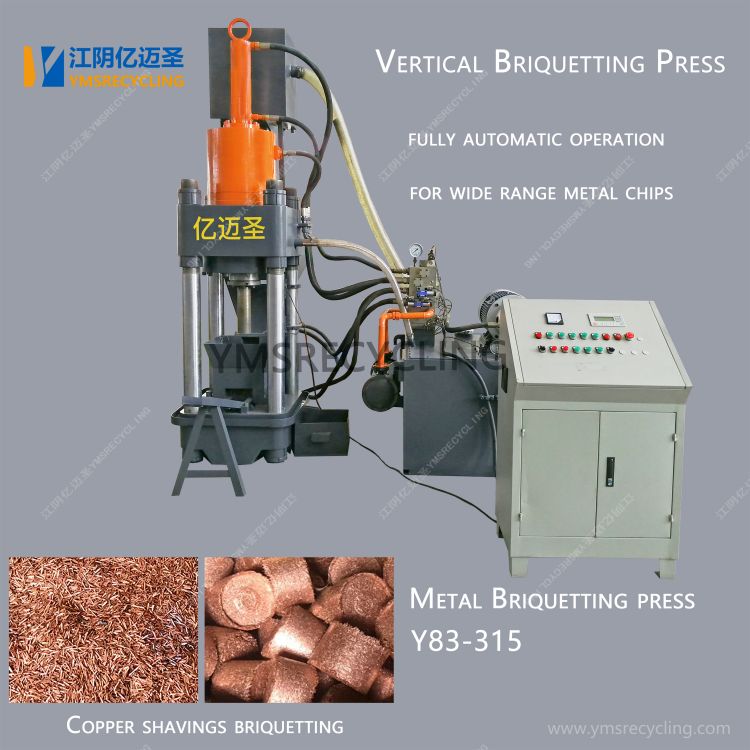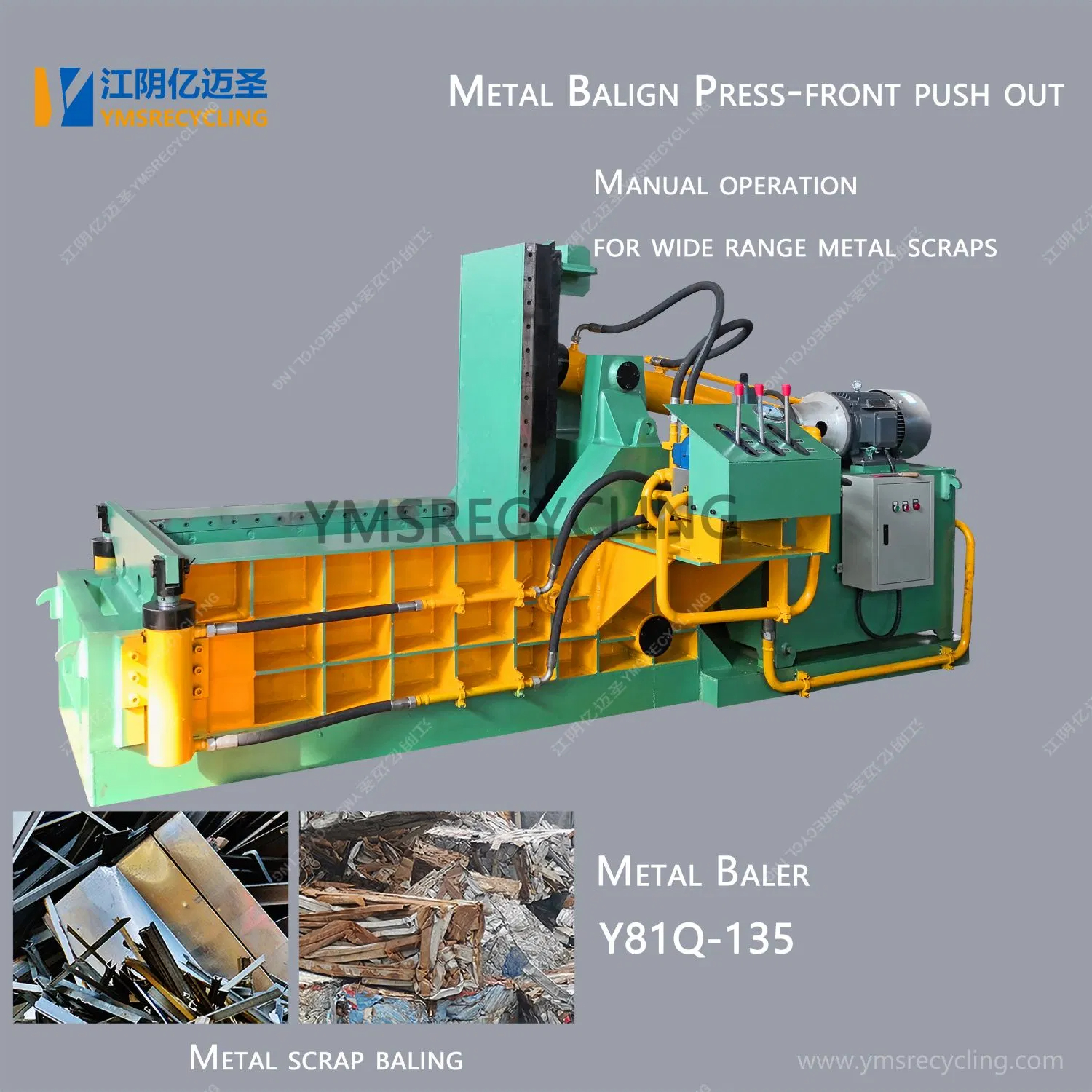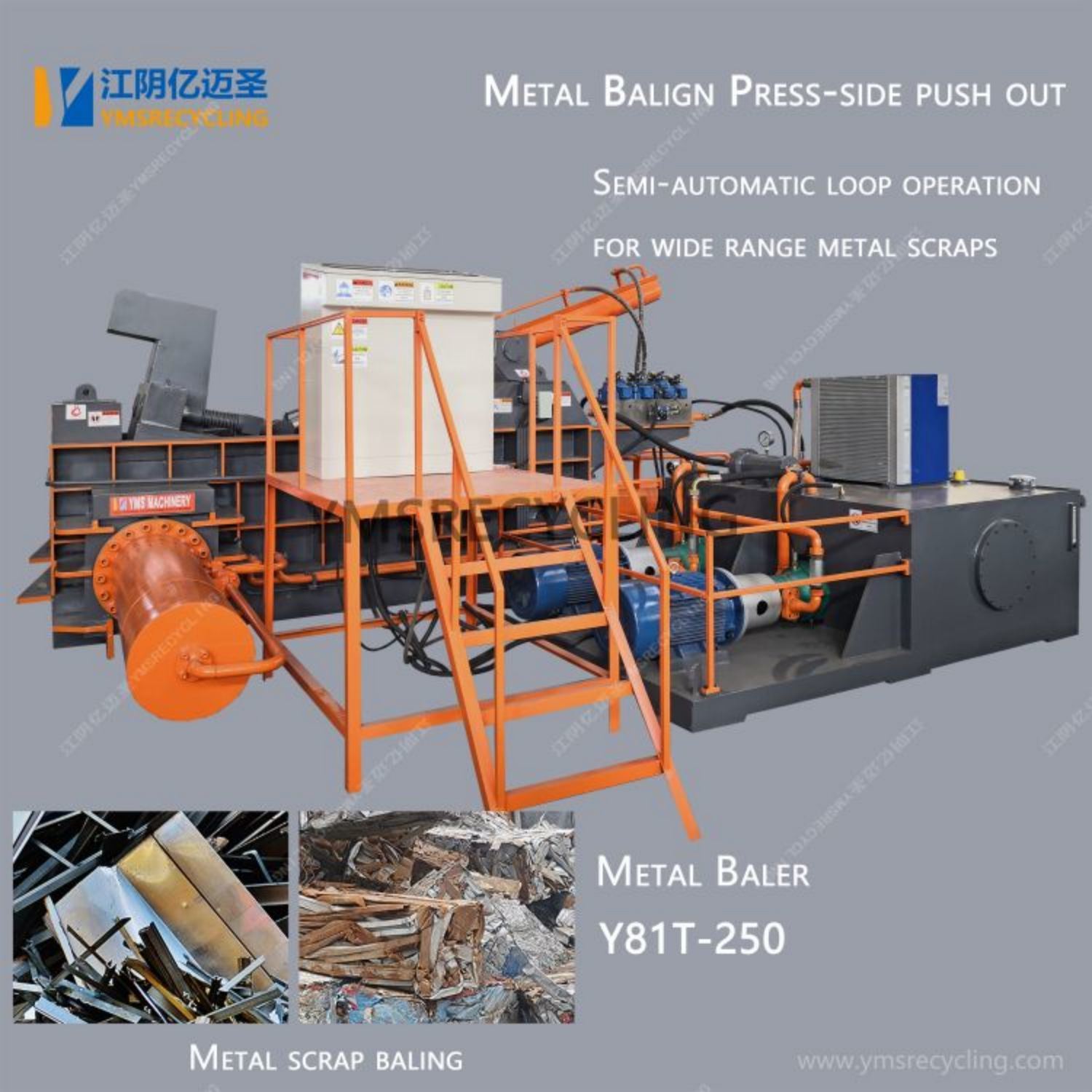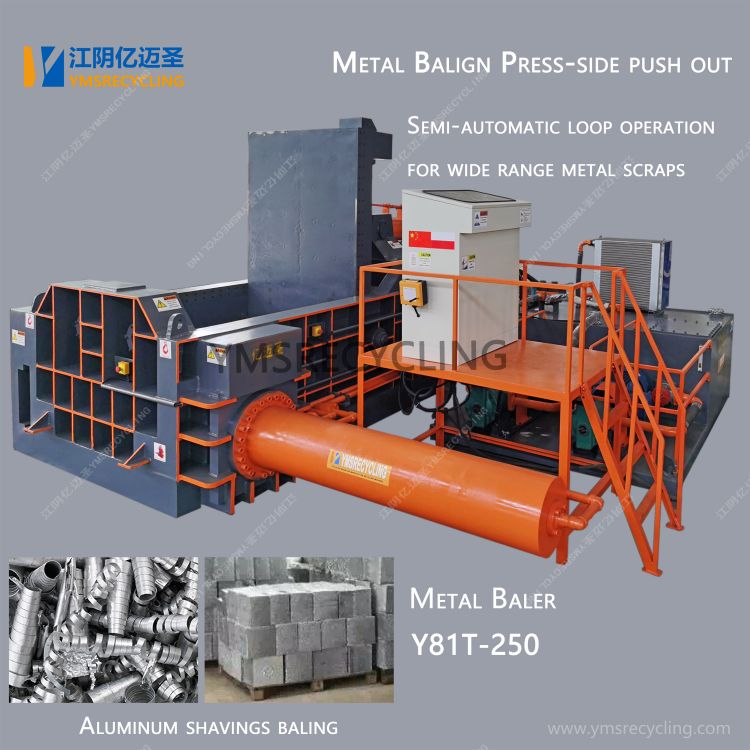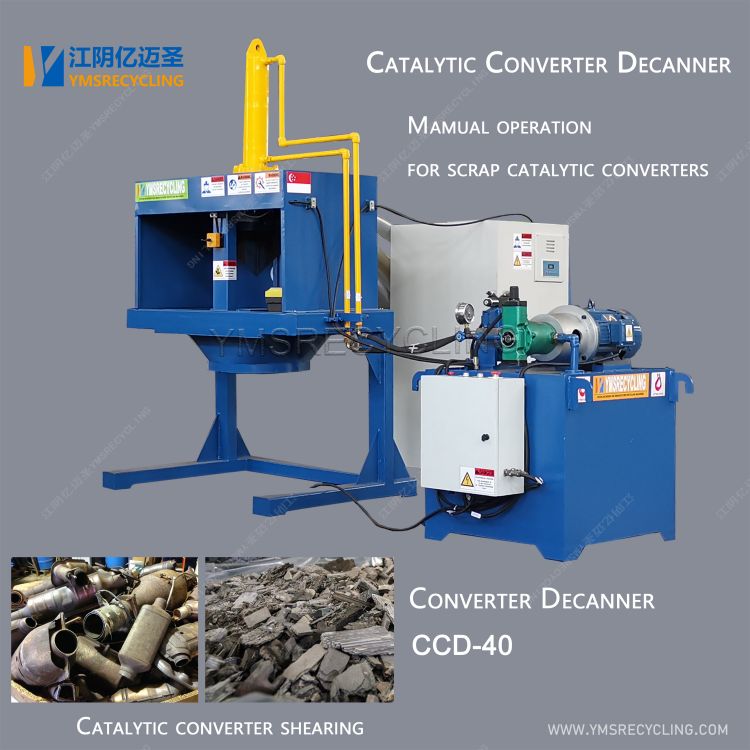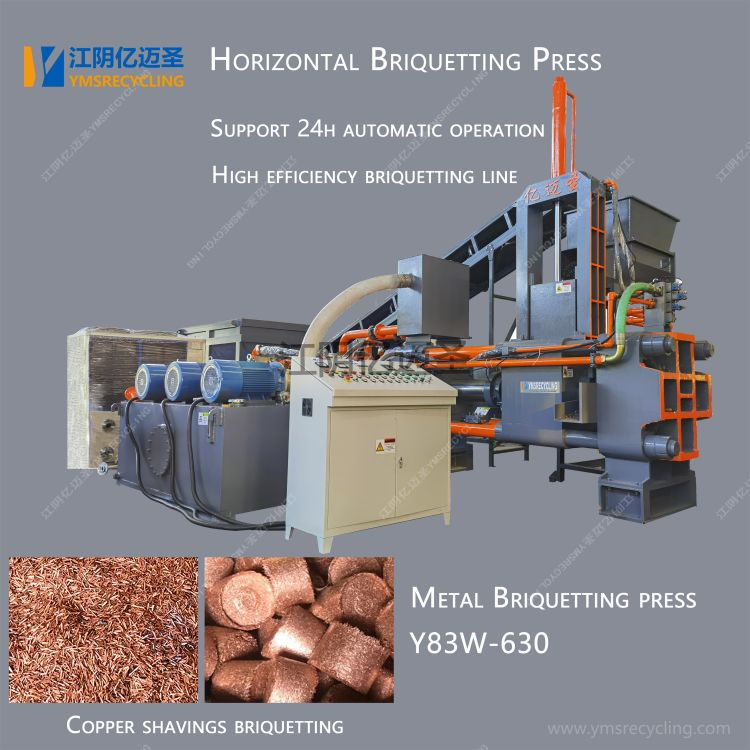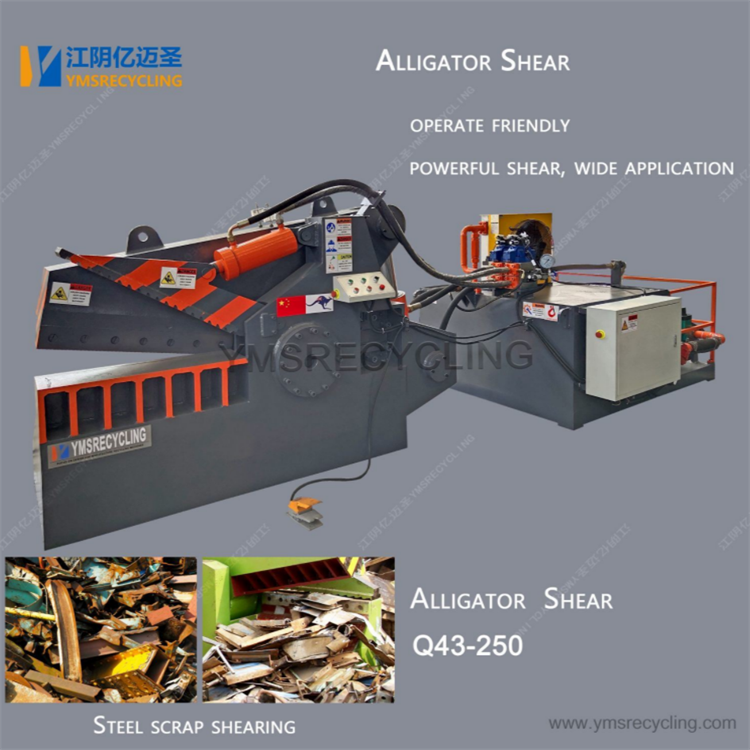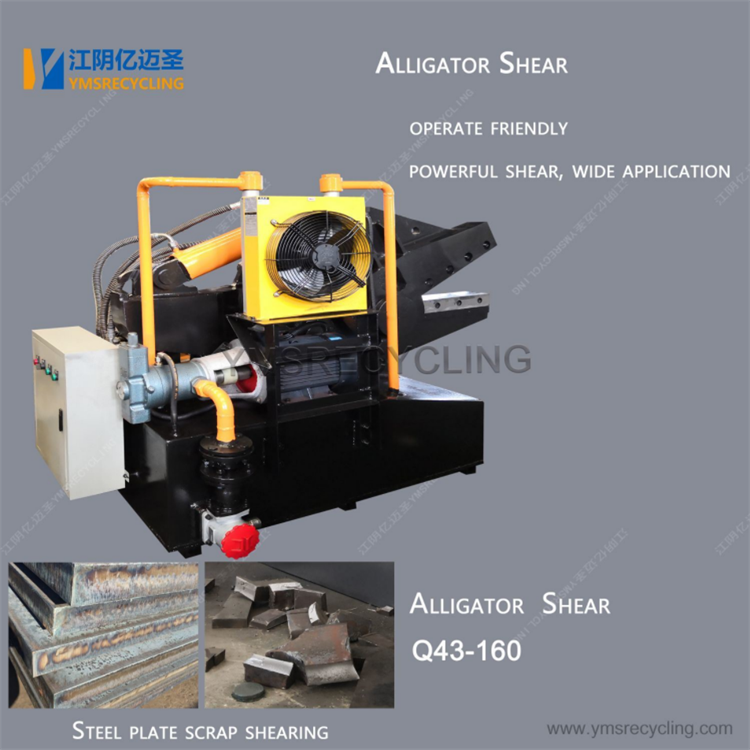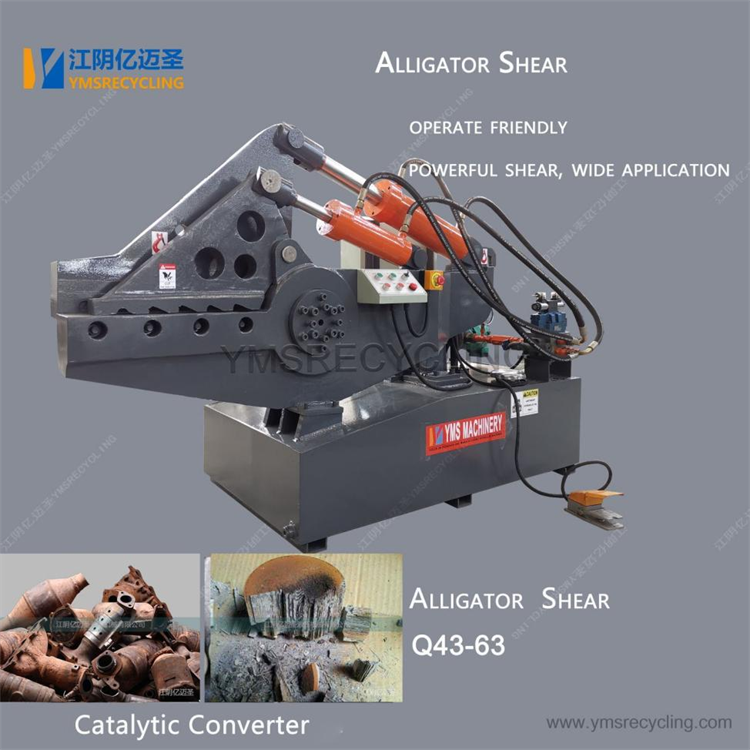In the ever-evolving landscape of recycling and sustainability, scrap metal processing equipment stands as a cornerstone of modern industrial efficiency. As the global demand for raw materials continues to climb, the strategic recycling of scrap metal has become not just an economic imperative but a vital component of environmental stewardship. Advanced scrap metal processing equipment not only facilitates the efficient extraction and refinement of valuable metals but also minimizes waste and environmental impact, driving the recycling industry towards a more circular economy.
Scrap metal processing equipment encompasses a broad spectrum of machinery designed to handle, sort, shred, melt, and refine metal scraps into reusable forms. At the forefront of this technology are shredders, which play a pivotal role in reducing large metal pieces into manageable fragments. These powerful machines come in various configurations, including hammer mills, shear shredders, and rotary shredders, each tailored to specific types of metal and desired particle sizes.
Hammer mills, for instance, utilize high-speed rotating hammers to impact and tear apart scrap metal, suitable for processing a wide range of materials from light gauge sheet metal to automotive hulks. Shear shredders, on the other hand, employ blades that cut and shear metal into strips or smaller pieces, ideal for processing thicker materials like structural steel. Rotary shredders, with their robust design and ability to handle high volumes of mixed materials, are often used in large-scale recycling operations.
Beyond shredding, accurate sorting and separation are crucial steps in the scrap metal processing chain. Magnetic separators, eddy current separators, and X-ray fluorescence (XRF) analyzers are among the most advanced tools employed. Magnetic separators leverage the magnetic properties of certain metals like iron and nickel, efficiently separating ferrous from non-ferrous scraps. Eddy current separators, meanwhile, use electromagnetic fields to separate non-ferrous metals based on their conductivity, making them indispensable in refining aluminum, copper, and other valuable alloys.
The final phase of scrap metal processing involves melting and refining the shredded and sorted materials into reusable forms. Induction furnaces and electric arc furnaces are the workhorses of this process. Induction furnaces utilize electromagnetic induction to heat and melt metals quickly and efficiently, with minimal environmental emissions. Electric arc furnaces, commonly used in steel production, generate intense heat through an electric arc between electrodes and the scrap metal, melting it down for further refining.
Advanced refining techniques, such as vacuum distillation and electrolytic refining, further purify the melted metals, removing impurities and enhancing their quality. These processes are crucial for producing high-grade metals that meet stringent industrial standards, ensuring the recycled materials are as good as—or even better than—newly mined ores.
As technology advances, the scrap metal processing industry is poised for even greater innovations. Automation, artificial intelligence, and the Internet of Things (IoT) are transforming equipment capabilities, enhancing operational efficiency, and reducing human intervention. Smart sensors and predictive maintenance systems, for example, enable real-time monitoring of equipment health, preemptively addressing potential failures, and minimizing downtime.
